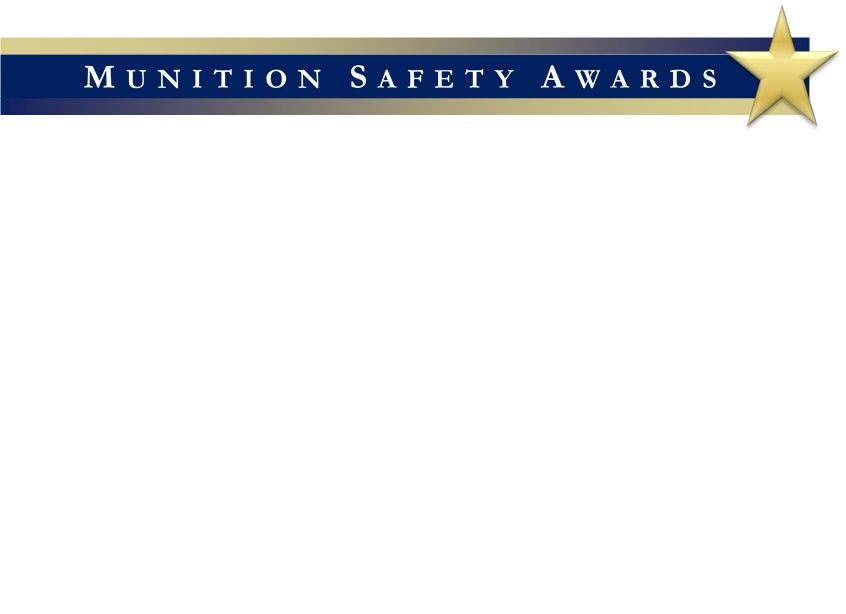O-179 Future Developments of Quantity Distance Standards
NATO standards for the safe storage of ammunition and explosives contain tables with so-called Quantity Distances (QDs). These distances are aimed to provide an acceptable protection level to surrounding Exposed Sites (ES) in the event of an accidental explosion of a Potential Explosion Site (PES). Previous MSIAC studies provided an overview of the experimental and theoretical basis of the QDs. A number of knowledge gaps were identified and recommendations were made for long term development.
The MSIAC QD (MQD) tool is currently being developed to perform an experimentally validated consequence analysis of the initiation of a certain type and quantity of munitions in a certain type of PES, and with certain mitigation measures in place. The various ammunition Hazard Divisions (HD1.1 through HD1.6), and storage subdivisions span a broad range of possible munitions responses. Three main responses are taken into account in the MQD tool: (mass) detonation, a progressive series of smaller explosions over time (popcorn effect), and thermal effects. The MQD tool provides distances for a variety of explosion effects and consequence levels. Examples are building damage levels caused by blast, and fragment and debris hit probability criteria. These distances are based on state of the art experimental data and models. Together with clear assumptions about the magnitude of the Maximum Credible Detonation Event (MCDE) for the various Hazard Divisions this leads to transparent and consistent distances. The results of the MQD tool can be compared with current QD standards over the full range of NEQ. This will give insight on which explosion effects and consequences the QDs are based and to what extent they are validated.
The MQD tool will support future development of QDs. Recommendations made by MSIAC have already led to plans for a revised QD table format in AASTP-1. In 2018 MSIAC will organize a workshop on “Improved Explosives and Munitions Risk Management” (IEMRM) the results of which will be taken into account in the development of the MQD tool.


